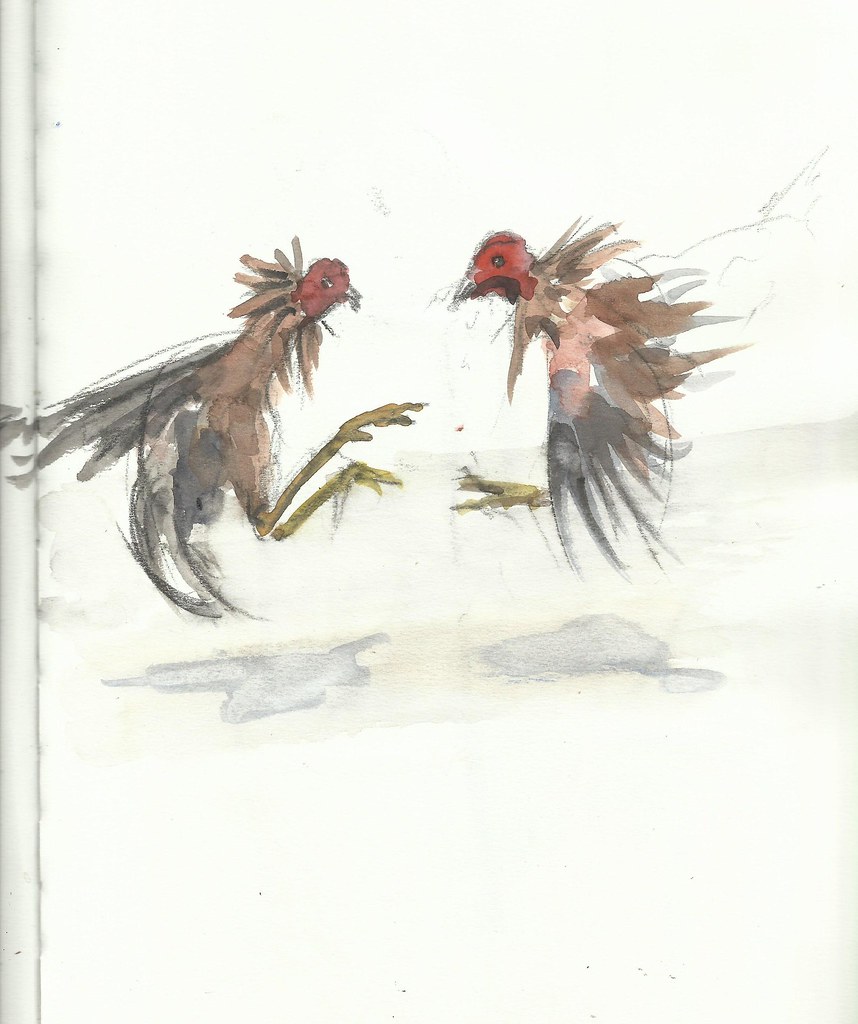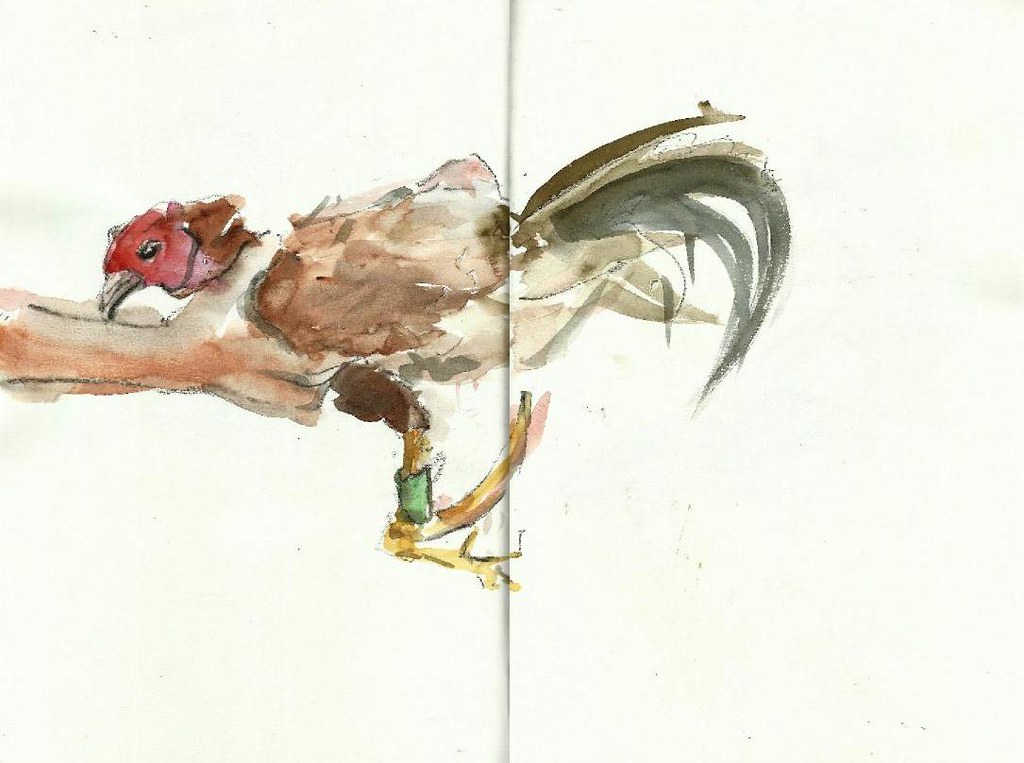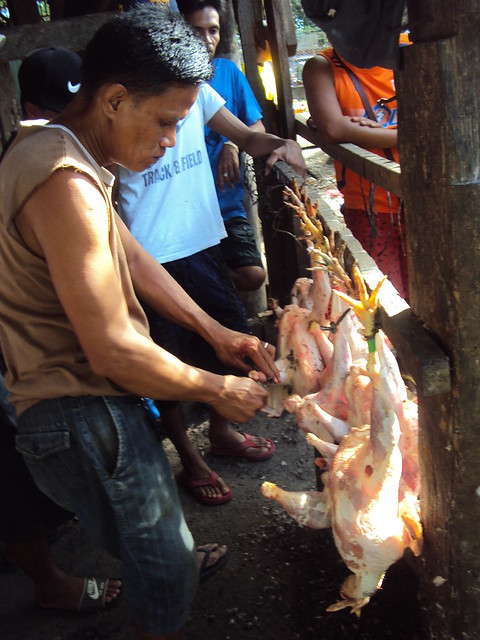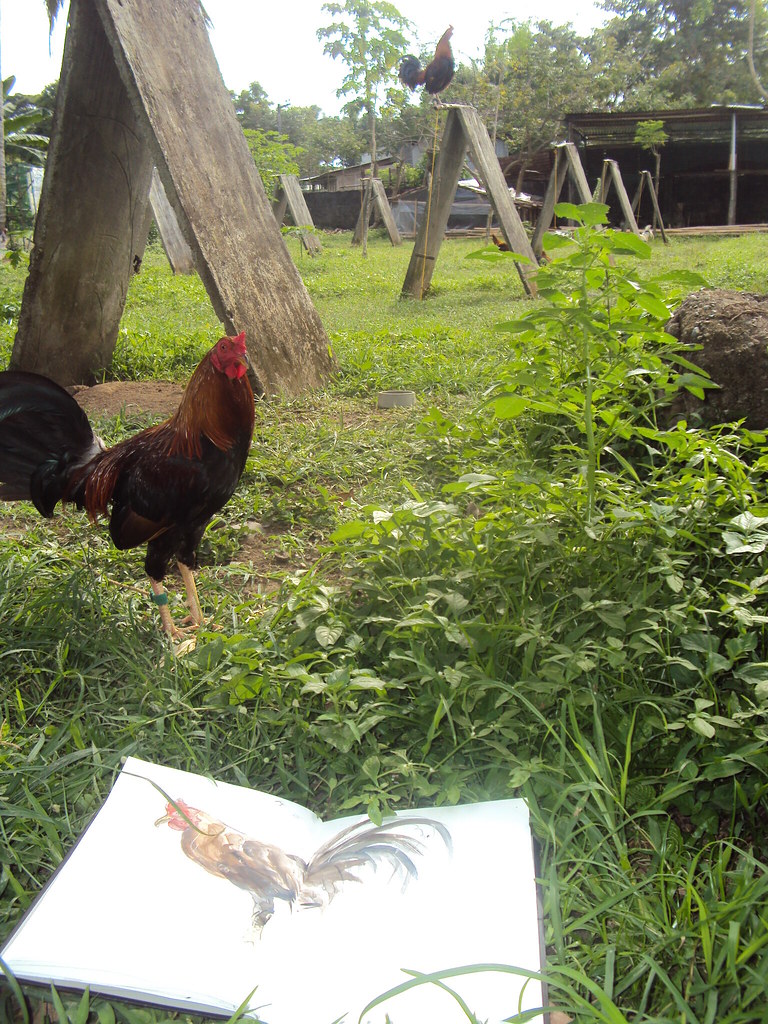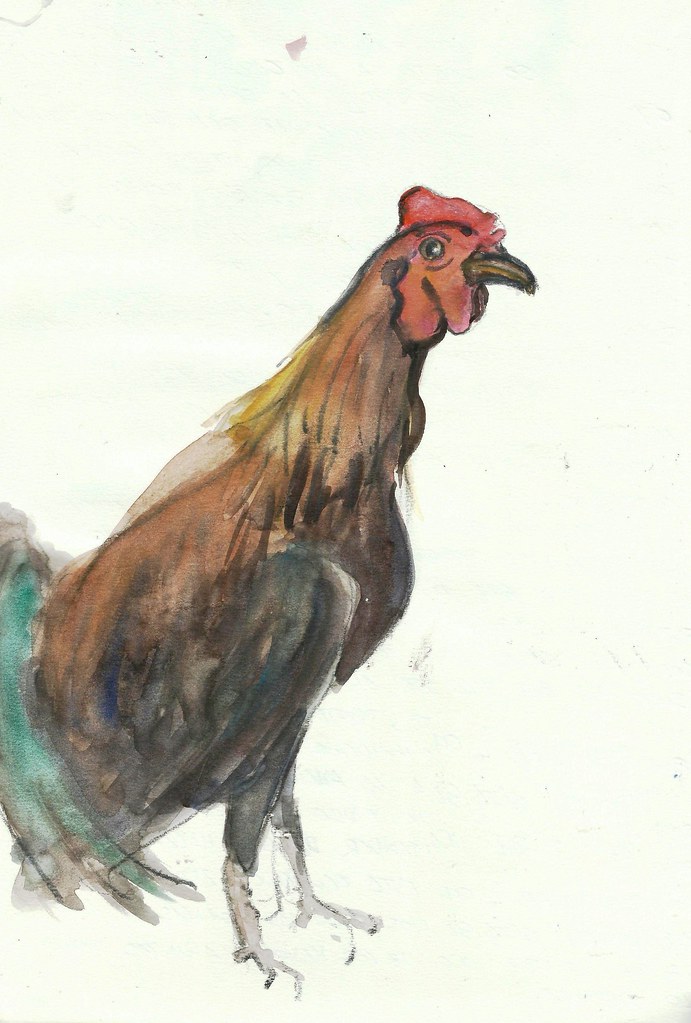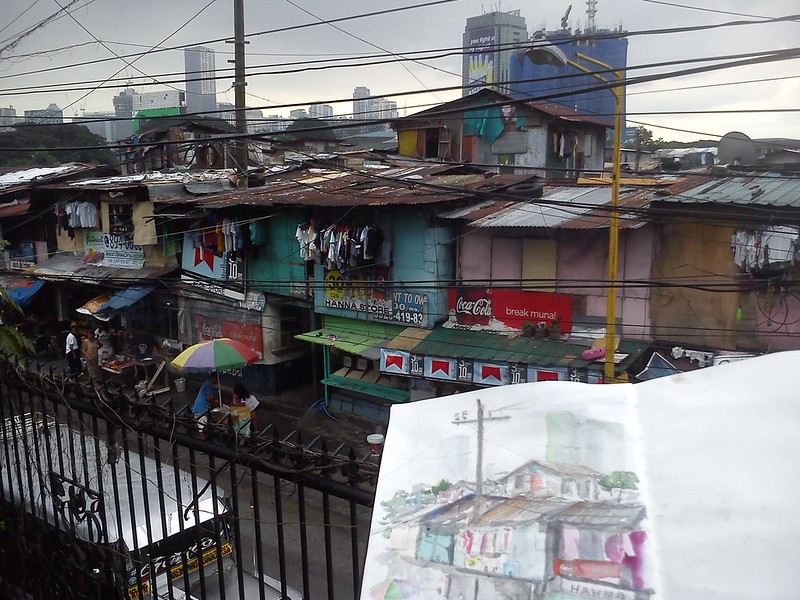It has been a great
satisfaction and recognition for me that two of my works have been published in
the book "Portrait Revolution".
To express this great
pride that I feel, I must explain that this book, which has sold thousands of
copies around the world, is a reference and undoubtedly one of the best
publications around the genre of contemporary portrait, as this opinion is
supported by the art critic and press; Library Journal, Artists &
Illustrators, ...
The book features 450
portraits (chosen from more than 50,000 works) of 200 members of JKPP (Julia
Kay Portrait Party), an international community of online artists created 9
years ago.
The book is organized
into sections on portraits in different media, styles and themes.
For more information
or to acquire the book, you can follow this link: Portrait Revolution
My portraits for JKPP in Flickr´s JKPP Album
Ha sido para mí una gran satisfacción y reconocimiento que dos de mis obras hayan sido publicadas en el libro “Portrait Revolution”.
Para expresar este gran orgullo que siento, debo explicar que este libro, del que se han vendido ya miles de ejemplares en todo el mundo, es todo un referente y sin duda una de las mejores publicaciones en torno al género pictórico del retrato contemporáneo, siendo esta opinión avalada por la crítica y prensa de arte; Library Journal, Artists & Illustrators, …
En el libro aparecen 450 retratos (escogidos entre más de 50.000 trabajos) de 200 miembros de JKPP (Julia Kay Portrait Party), una comunidad internacional de artistas online creada hace 9 años.
El libro está organizado en secciones sobre retratos en diferentes medios, estilos y temas.
Barcelona 2011
It was during the summer of 2011, when in Barcelona I met some of the most important collaborating portrait painters of the group.
In the photo above Barbara Luel, Kay, Erica St Leonards,Victor Swasky, Joan Ramon, Felix Tamayo, Arturo Espinosa, Damiel Castro Alonso, Judy Repke, Miguel RGL, Zoraida, Susanne DT
Since then, more than 200 portraits have been made of the group.
My portraits for JKPP in Flickr´s JKPP Album
Barcelona 2011
It was during the summer of 2011, when in Barcelona I met some of the most important collaborating portrait painters of the group.
In the photo above Barbara Luel, Kay, Erica St Leonards,Victor Swasky, Joan Ramon, Felix Tamayo, Arturo Espinosa, Damiel Castro Alonso, Judy Repke, Miguel RGL, Zoraida, Susanne DT
Since then, more than 200 portraits have been made of the group.
My portraits for JKPP in Flickr´s JKPP Album

























